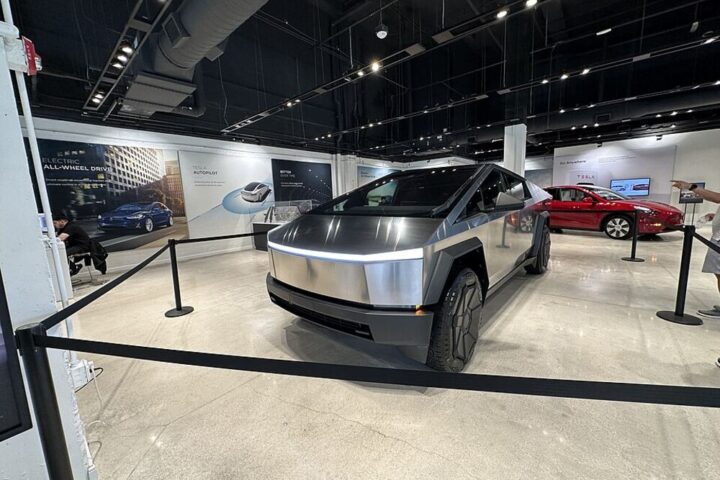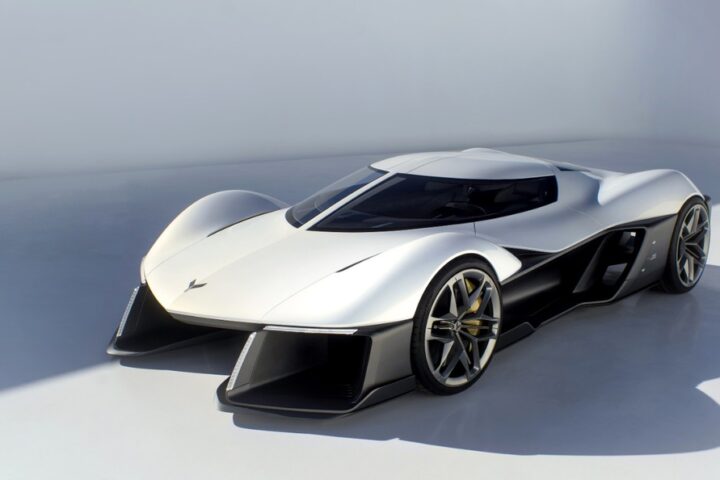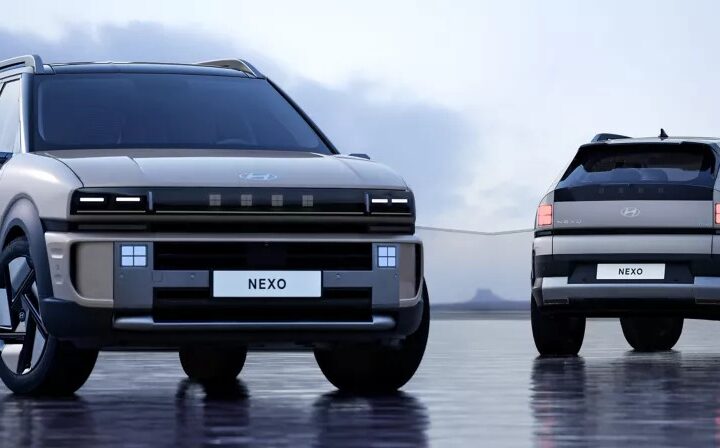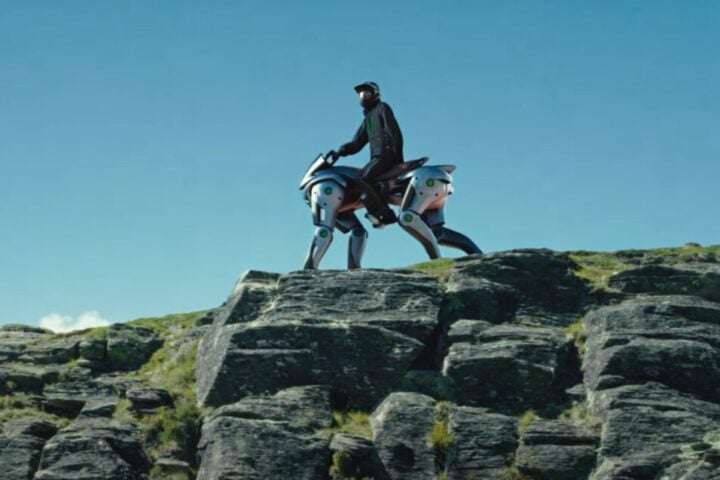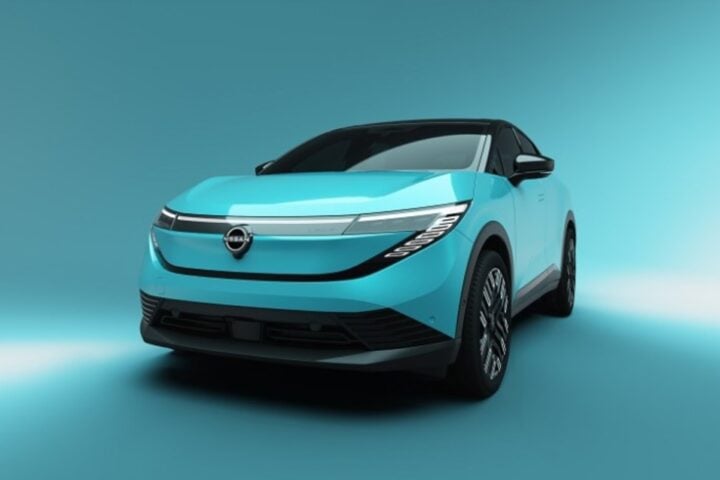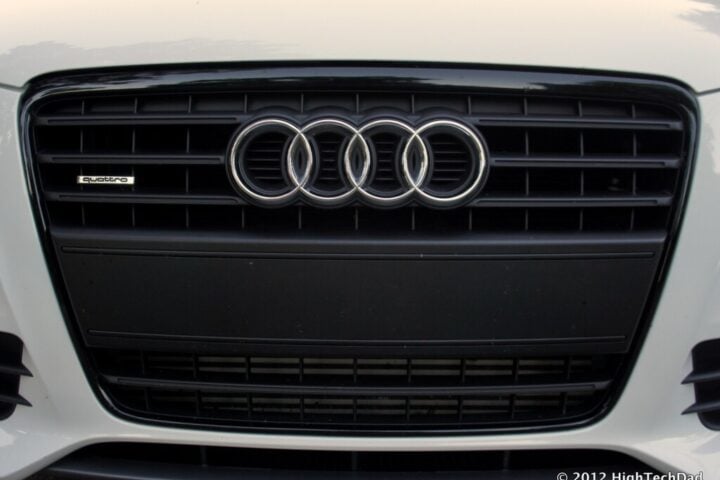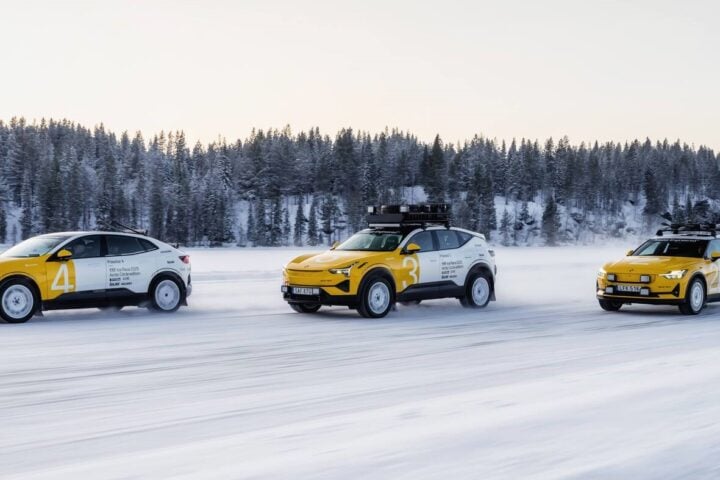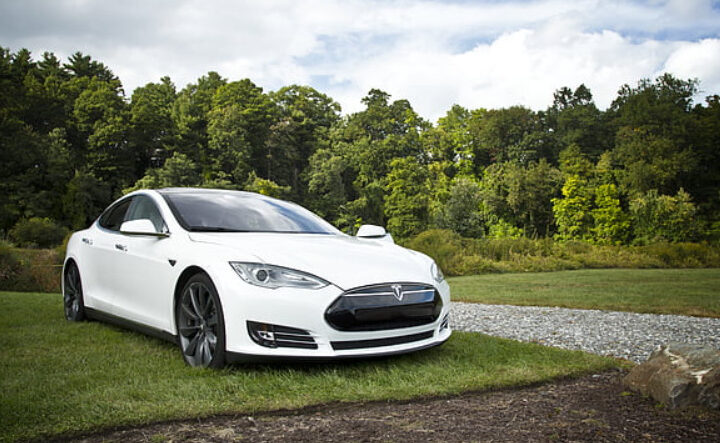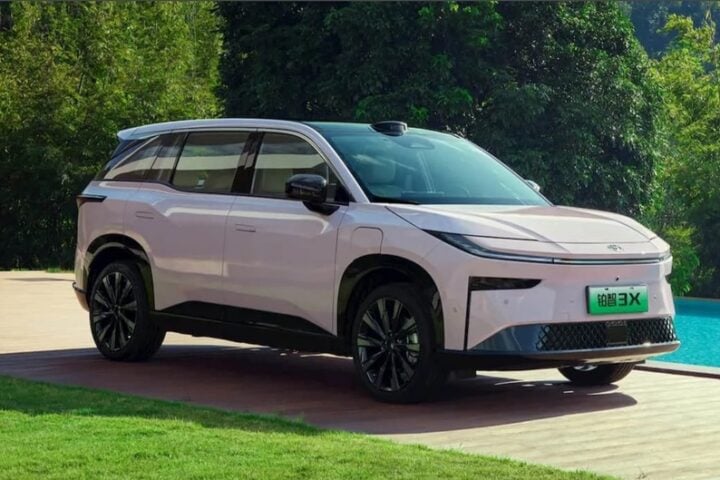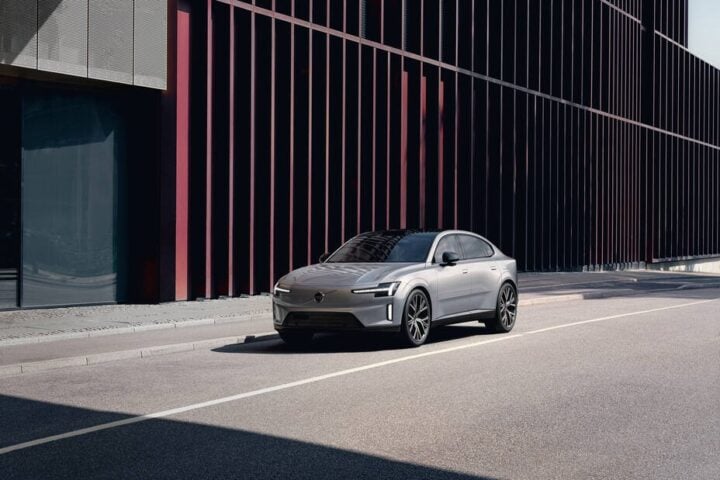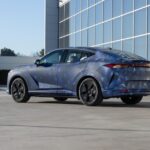In an era where electrification is rapidly transforming the automotive landscape, McLaren has unveiled its latest technological tour de force: the W1 hypercar. This plug-in hybrid marvel not only pays homage to its legendary predecessors, the F1 and P1, but also sets new benchmarks in performance, aerodynamics, and technological innovation.
At the heart of the W1 lies a powertrain that exemplifies the pinnacle of automotive engineering. The all-new 4.0-liter twin-turbocharged MHP-8 V8 engine, which can generate a staggering 916 horsepower on its own, This powerplant features a flat-plane crank design and revs to an impressive 9,200 rpm.
The V8 is complemented by a 342-horsepower radial flux electric motor, bringing the total system output to 1,258 horsepower and 988 pound-feet of torque. This combination propels the W1 from 0 to 62 mph in a mere 2.7 seconds, with 186 mph arriving in less than 12.7 seconds. However, the top speed is electronically limited to 217 mph (350 km/h).
“If you think about this car [W1], it is 600 pounds lighter than its best competitors in the segment,” says McLaren CEO Michael Leiters in an interview.
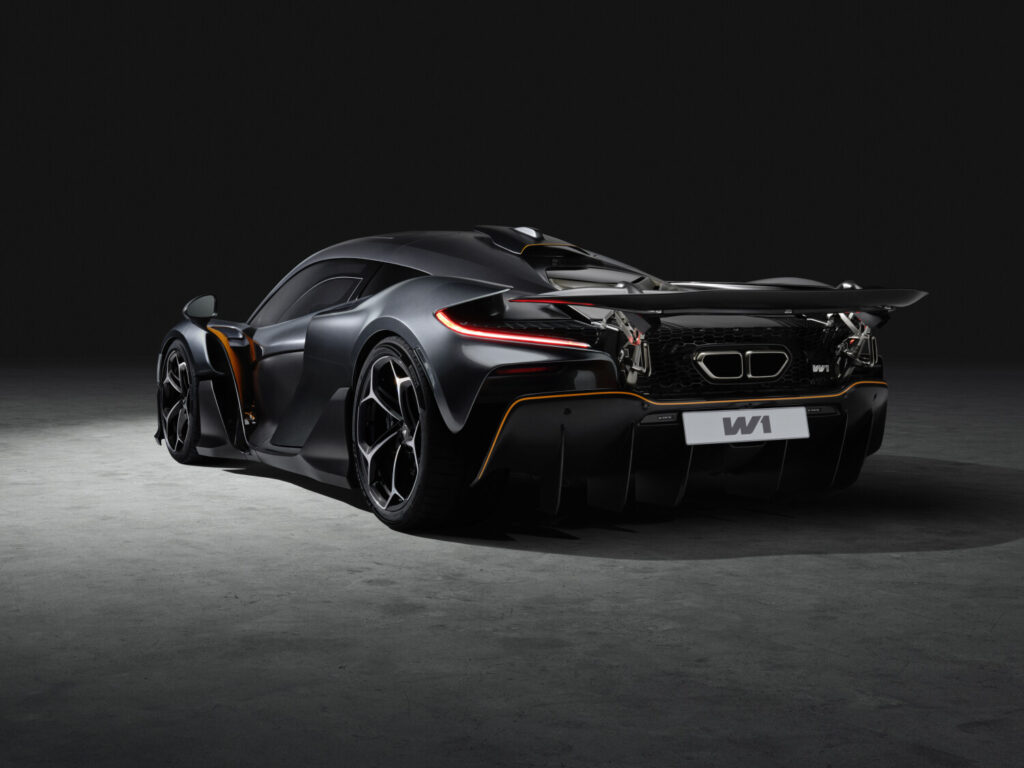
Aerodynamics: Formula 1 Expertise Meets Road Car Reality
The W1’s aerodynamic package showcases McLaren’s Formula 1 expertise. Robin Algoo, McLaren’s lead aerodynamicist, explains: “The McLaren W1 is the perfect execution of a bold and ambitious aerodynamic philosophy that delivers impressive lap times through not only high downforce but optimal aerodynamic behavior and active control. The all-integral aerodynamic platform with the Aerocell as the centerpiece enables fully underbody ground effect in Race mode. Inherently efficient, W1 deploys a staggering level of downforce for relatively little drag. Thanks to numerous innovations, we have succeeded in incorporating an elegantly F1-inspired vortical flow field into an uncompromised road car.”
Central to this aero wizardry is the Active Longtail rear wing, a patented innovation that extends rearwards by up to 300mm through a 180-degree arc. This dynamic element, along with the front wing and underbody aerodynamics, can generate up to 1000 kg of downforce—a figure that rivals many dedicated racing cars.
The W1 also introduces full ground effect to a road-legal car, a feat previously achieved only by the Aston Martin Valkyrie. In race mode, the ride height drops by 37mm at the front and 17mm at the rear, activating a suite of active aero elements that work in harmony to keep the car planted at high speeds.
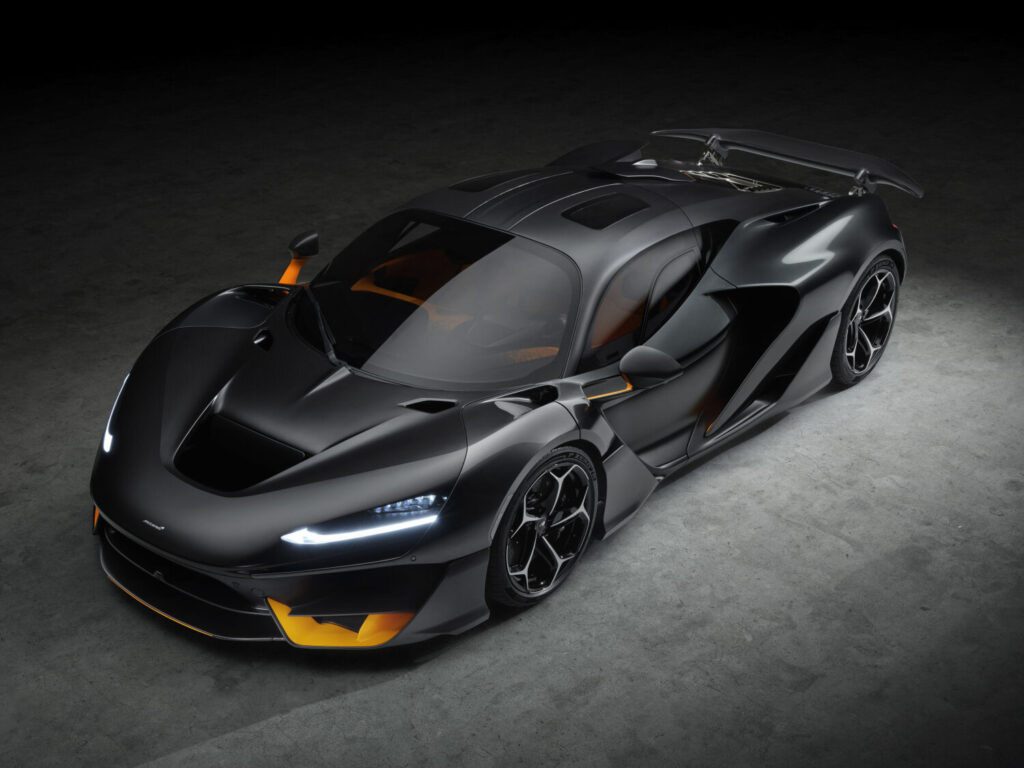
Chassis and Suspension: Lightweight Innovation
The W1’s Aerocell monocoque is constructed using pre-preg carbon fiber, a technique usually reserved for high-end motorsport. It offers unparalleled rigidity and weight savings. The chassis incorporates innovative features like integrated lower front suspension mountings and bespoke cut-outs for the steering rack, optimizing both weight distribution and aerodynamic efficiency.
The suspension system features titanium torsion bars at the front and an active heave system that continuously adjusts to optimize the car’s attitude. The use of 3D-printed titanium uprights and wishbones further showcases McLaren’s commitment to cutting-edge manufacturing techniques.
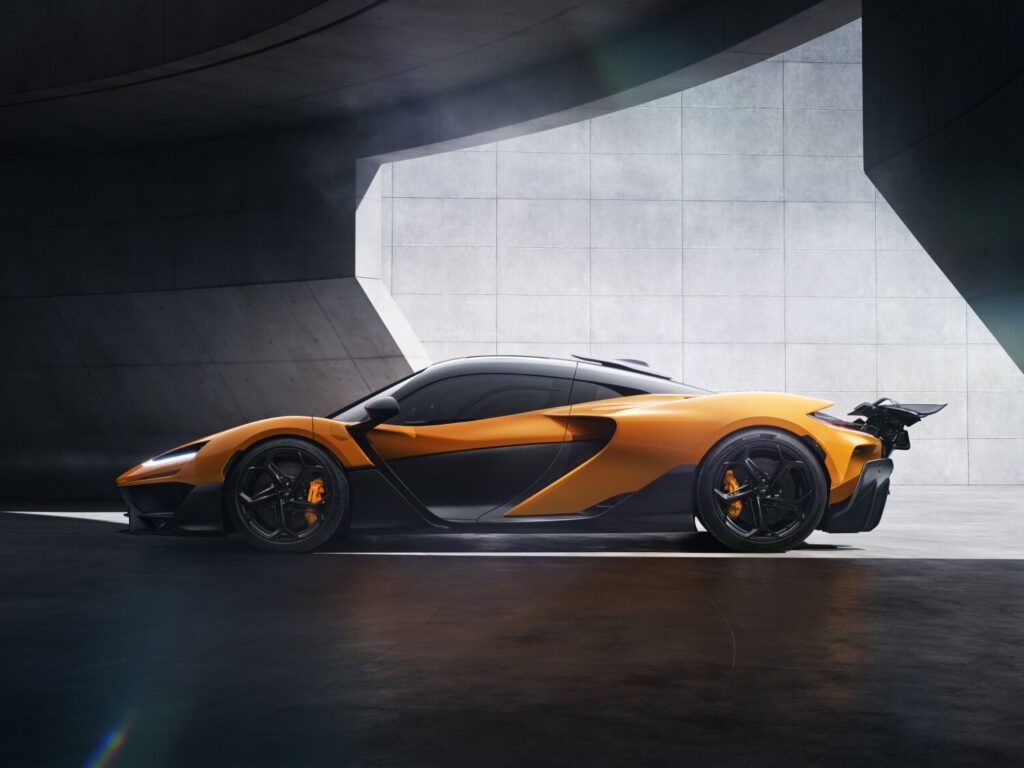
Hybrid System: Compact Yet Powerful
The W1’s hybrid system is a masterclass in packaging and efficiency. The 1.384-kWh battery, while small, is designed to withstand long track sessions thanks to its advanced cooling system. It provides enough juice for a modest all-electric range, but its primary function is to boost performance and efficiency during high-speed runs.
The radial flux electric motor, similar to those used in Formula 1, spins at up to 24,000 rpm and weighs just 20 kg. This cutting-edge technology offers high power density and efficiency, setting the W1 apart from its competitors.
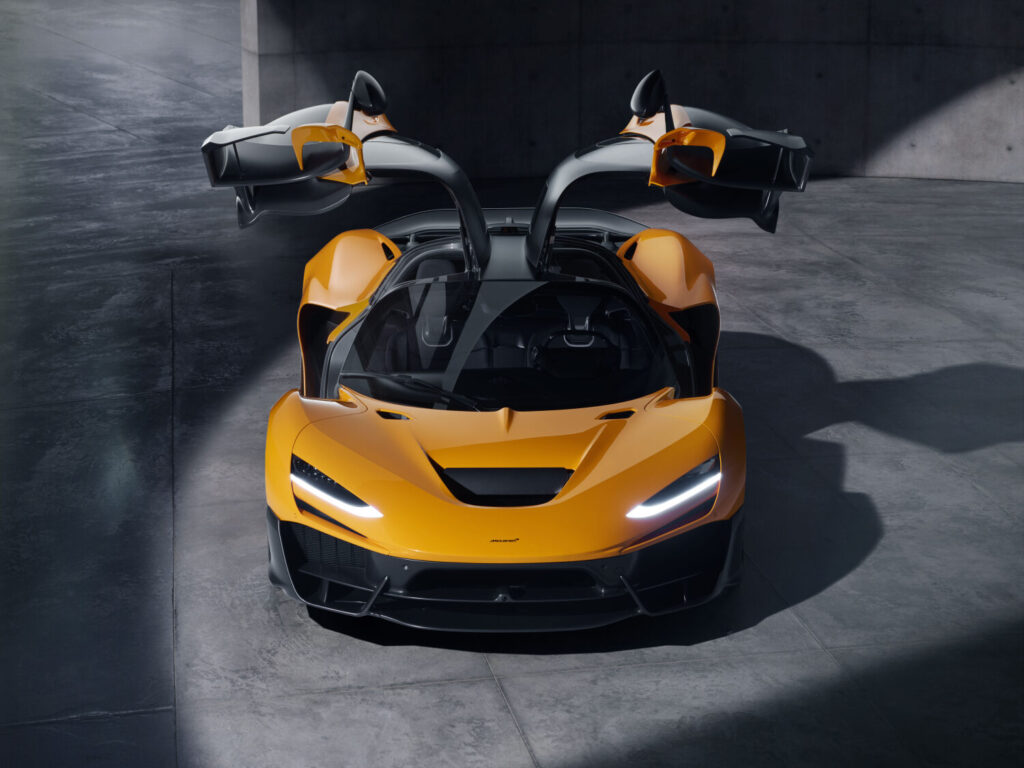
Market Position and Production
With a price tag of approximately €2.0 million, including all taxes in the UK, and only 399 units will be produced, the W1 is positioned squarely in the ultra-exclusive hypercar market. It enters an arena populated by formidable competitors like the Ferrari SF90 Stradale and the Bugatti Chiron, each offering their own unique blend of performance and luxury.
Marcus Waite, head of performance and attributes at McLaren Automotive, comments on the W1’s unique position: “The W1 is a supercar that embodies all of the fundamentals of performance, honed through decades of motorsport and supercar innovation. Underpinned by epic power and a light vehicle weight of just 1,399 kg, which combine to give a best-in-class ratio of 911 PS per ton, W1 not only eclipses all other road-legal McLarens on both acceleration and lap times, it redefines supercar acceleration and performance full-stop. “
Similar Posts
Environmental Considerations and Sustainability
While the W1’s primary focus is on performance, its hybrid powertrain offers environmental benefits compared to traditional supercars. The short electric-only range and improved efficiency during normal driving conditions contribute to reduced emissions, aligning with the auto industry’s broader paradigm shift towards electrification.
McLaren is also pioneering an interior trim called InnoKnit, an ultra-lightweight sustainable material that can be tailored in multiple colors and integrates audio and ambient lighting. This innovation demonstrates McLaren’s commitment to incorporating sustainable practices in hypercar production.
User Experience and Practicality
Despite its extreme performance capabilities, the W1 doesn’t compromise on user experience. The cockpit features fixed seats with adjustable pedals and controls, ensuring comfort for drivers of various sizes. An 8.0” touch screen with Apple CarPlay compatibility and a Bowers & Wilkins stereo system provide modern connectivity and entertainment options.
The W1 offers multiple driving modes, including Comfort, Sport, Race, and Race+, each tailoring the car’s performance characteristics to different driving scenarios. This versatility allows the W1 to transition seamlessly from road to track use.
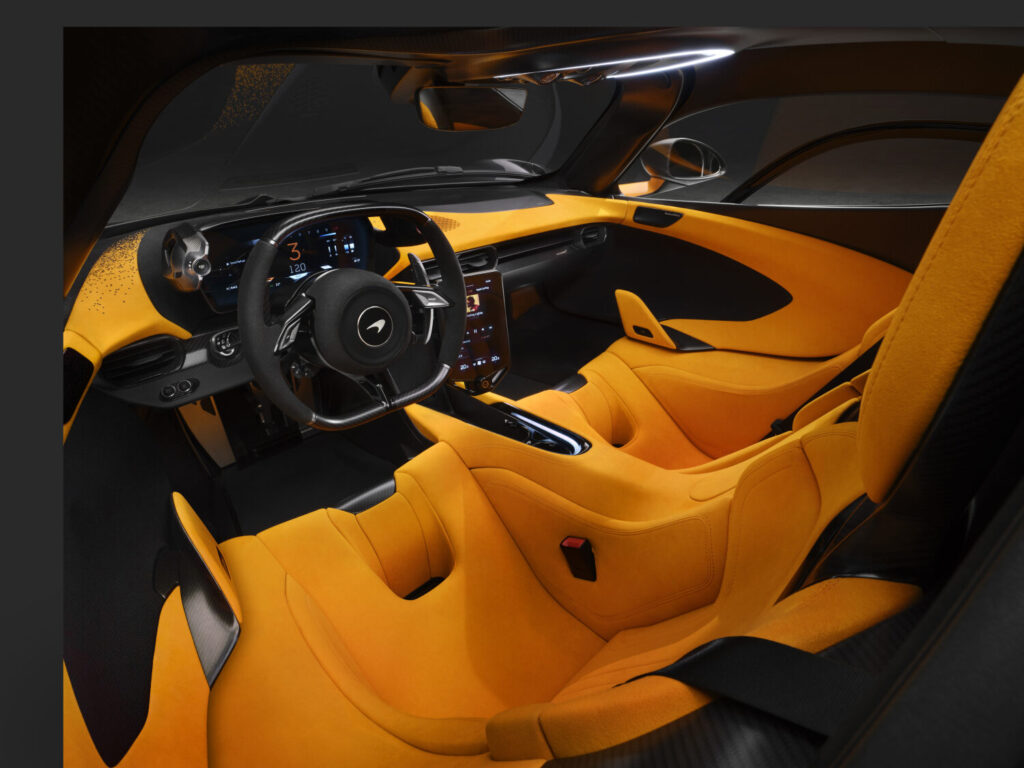
Technological Innovations
The W1 showcases several technological innovations that set it apart from its peers. The dielectric immersion-cooled battery ensures optimal thermal management even under extreme conditions. The powertrain is inclined within the chassis by three degrees to accommodate the massive rear diffuser, a unique solution that maximizes aerodynamic efficiency.
The car’s hydraulic steering system, while not cutting-edge, is a deliberate choice to provide maximum driver feedback and engagement. This decision reflects McLaren’s commitment to delivering a pure driving experience, even in the age of electrification.
Conclusion and Future Implications
The McLaren W1 represents the culmination of decades of motorsport and road car engineering expertise. It pushes the boundaries of what’s possible in a road-legal vehicle, combining extreme performance with advanced aerodynamics and hybrid technology. As the automotive world transitions towards electrification, the W1 stands as a bridge between the traditional high-performance combustion engine and the electrified future of hypercars.
The innovations showcased in the W1, particularly in aerodynamics and lightweight construction, are likely to influence future McLaren models and potentially the broader supercar industry.
As the 399 lucky owners await delivery of their W1s, the broader automotive world watches with keen interest. The McLaren W1 not only sets new standards for hypercar performance but also provides a glimpse into the future of high-performance vehicles in an increasingly electric world.



